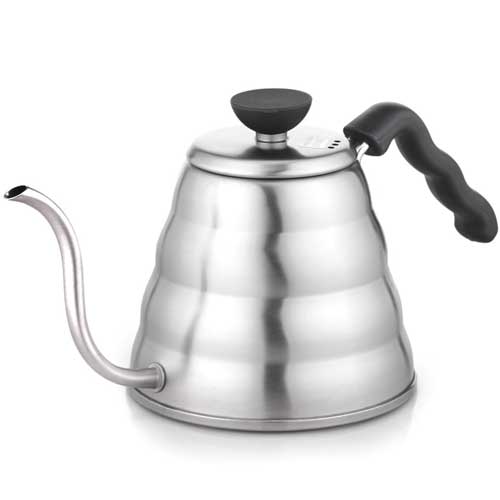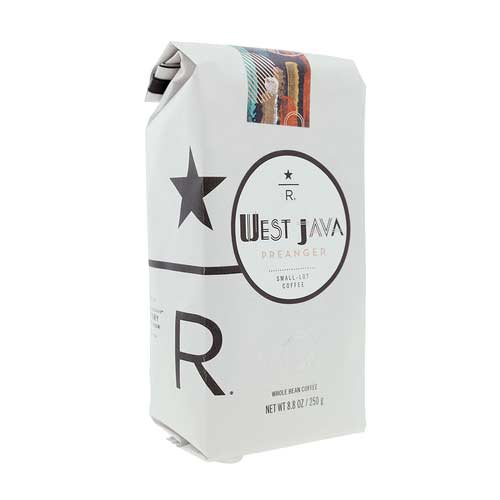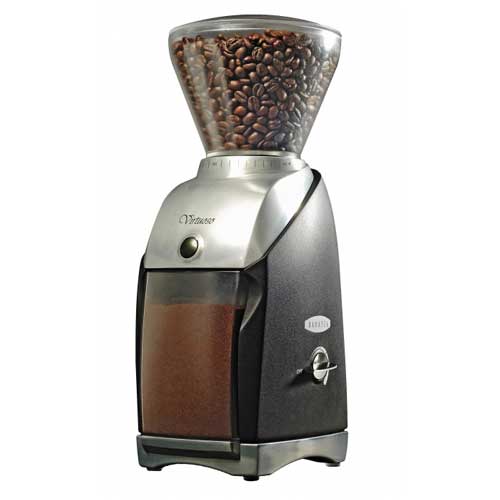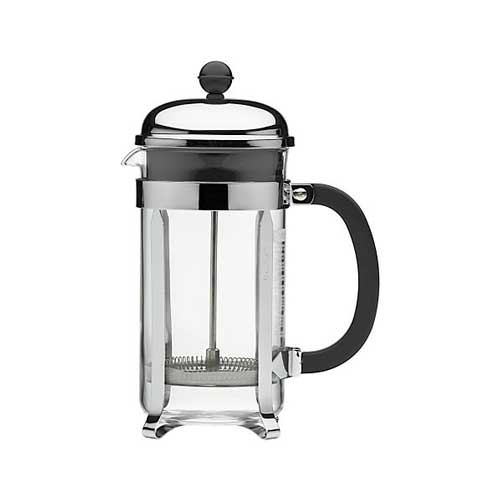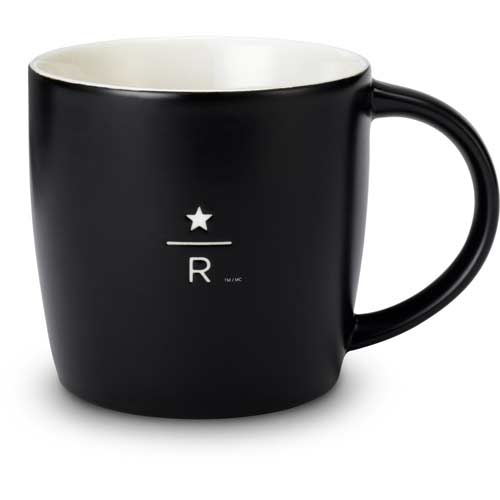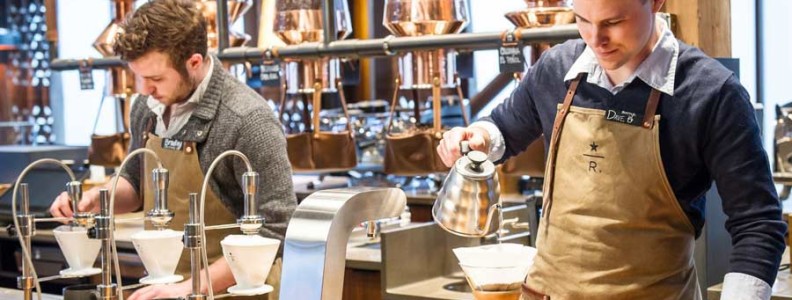For the past ten years or so smaller, hipper, more nimble roasting companies have dominated the coffee conversation in America, outflanking Starbucks in roast style (lighter than Starbucks), freshness (roast-dated packaging), coffee selection (precisely identified seasonal small lots), brewing (by the cup, often by hand), and even design sensibility (usually blunt, simple and utilitarian, often reflecting the bold shapes and primary colors of retro Russian Revolution design).
But then, a few months ago, Starbucks opened its palatial Reserve Roastery in Seattle, a spectacular answer to the challenge of the growing swarm of its newer, more-authentic-than-thou competitors. The new Seattle Roastery appears to be intended as a full-on counter-attack: “OK, we may have 21,000 locations worldwide and roast a zillion pounds of coffee per year, and we may be huge and corporate,” this facility seems to say, “but we are still a true coffee company, and what you guys can do, we can do as well or better.”
The facility and its operations reflect most current tastes and trends in high-end coffee with impressive perception and intelligence. The plant and its demonstration-style layout illustrate fine coffee production with an almost museum-like thoroughness. The visual design is impressive, tactfully interpreting current tastes with materially rich understatement: cupper, leather, fine woods. The green coffees are precisely sourced and described. The coffee in the tasting room is brewed by the cup using the visitor’s choice of brewing method, from Chemex through siphon.
Bigger than the other guys, certainly, and more discreetly spectacular for sure. But what about the coffees?

